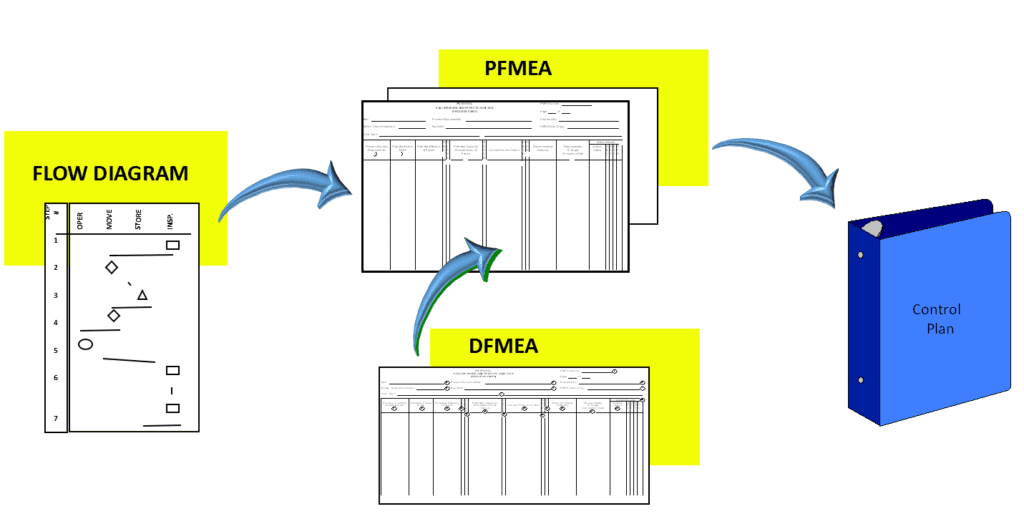Each organization starting cooperation with a client from the automotive industry must be aware that during the start-up phase, its representative will plan a dedicated process audit in the production plant.
This situation also occurs when the current supplier delivers components with safety characteristics for new launches or when the customer, based on a previous evaluation of their scoring, concludes that verification should be performed directly at the supplier’s plant during the phase preceding serial production.
For this reason, it is essential to prepare thoroughly for such a client audit. It should also be noted that readiness to start production involves many areas, including those not directly related to production. The main elements on which the company should focus are outlined below.
0-km Complaints Review and Warranty Returns Analysis
Before the client’s visit, the supplier should ensure that all actions related to temporary containment actions (ICA – Interim Containment Actions) and definitive corrective actions (PCA – Permanent Corrective Actions) are up-to-date in the client’s database (e.g., in the form of an 8D report or Kaizen.
However, warranty returns management involves additional complexity. Besides the specific requirements provided by the customer, each client specifies additional expectations regarding the relevant audit documents.
Requalification Tests in preparation for a Client Audit
Requalification testing applies without exception to both current and new suppliers. This area requires particular attention, not only due to individual customer requirements but also because of the IATF 16949 requirement – 8.6.2 Dimensional Control and Functionality Testing. It specifies that defined tests, which should align with project documentation, must be included in the Supplier Control Plan.
The frequency of these tests is directly determined by agreement with the customer.
Another key document worth mentioning is the Supplier Product Validation, which specifies the tests to be performed as part of requalification. For example:
- VW Group: Standard frequency is every 3 years.
- GM: In the absence of an agreement with the customer department regarding frequency, there are no defined guidelines. In such cases, appropriate evidence of the agreement must be provided during an audit performed by the Certification Body.
FMEA / Control Plan / Flowchart Documentation Review
Before a client audit on the production line begins, the visit typically starts with a documentation review. The following three documents are closely related, as illustrated below:
- Flowchart and Design FMEA serve as input information for designing the production process.
- Control Plan is derived from PFMEA, which focuses on activities that either reduce the likelihood of problems occurring or increase their detectability.

Given the interconnected nature of these documents, it is crucial to ensure the following common elements are aligned:
- Numbering of individual operations (consistent across all three documents).
- Name of production operations (consistent across all three documents).
- Special characteristic symbols (mandatory in PFMEA and Control Plan).
- Planned controls, including frequency and time periods, which must be consistent between PFMEA and Control Plan.
This consistency is particularly important when measures are implemented to eliminate the risk of problems occurring on the production line. Referring to the 8D methodology, it is necessary to remember that in step D7, documentation must be updated as part of preventive actions following the identification of nonconformities.
Furthermore, personnel responsible for customer service should be familiar with additional requirements for these three documents. For instance, GM’s PCPA document specifies that PFMEA must be updated based on warranty data, ensuring that actions introduced after analysis (requirement 56) are properly documented.
Free Quality Tools
You can download an automatic, editable Excel form for free:
Document name: “Check List – 50 Activities to Be Verified Before the Customer’s Visit” – Excel Form.
Author: Dariusz Kowalczyk


